Frog Pond
mintgum
15 years ago
Related Stories
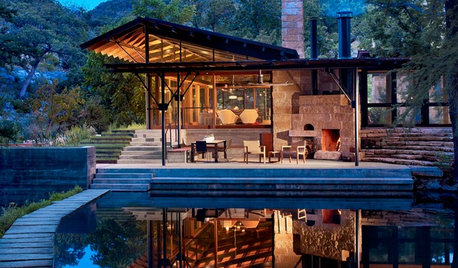
HOUZZ TOURSHouzz Tour: Texas Family Trades Traffic Noise for Frog Songs
Modern glass and stone structures hug two waterways on a sprawling Texas Hill Country compound
Full Story
GARDENING AND LANDSCAPINGHow to Make a Pond
You can make an outdoor fish paradise of your own, for less than you might think. But you'll need this expert design wisdom
Full Story
LANDSCAPE DESIGNKoi Find Friendly Shores in Any Garden Style
A pond full of colorful koi can be a delightful addition to just about any landscape or garden
Full Story
EDIBLE GARDENSGarden BFFs? Why Your Vegetables Are Begging for Companion Plants
Foster friendships among plants for protection from pests, pollination support and color camaraderie
Full Story
GARDENING GUIDESWhat Are Your Spring Gardening Plans?
Tearing out the lawn? Planting edibles? Starting from scratch? Tell us what you plan to change in your garden this year
Full Story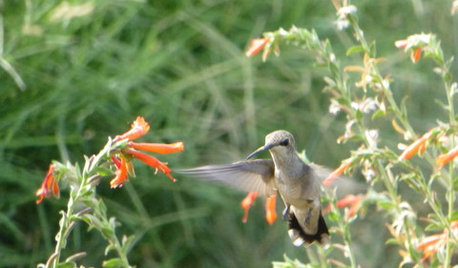
GARDENING GUIDESSweet Serendipity: Opening to Happy Garden Discoveries
Unplanned nature scenes can be unbelievably beautiful; you just need to know how to look
Full Story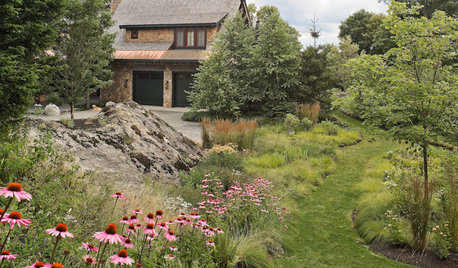
GARDENING GUIDES13 Risks to Take for True Garden Rewards
Go ahead, be a rebel. Breaking rules in the garden can lead to more happiness, creativity and connection with the earth
Full Story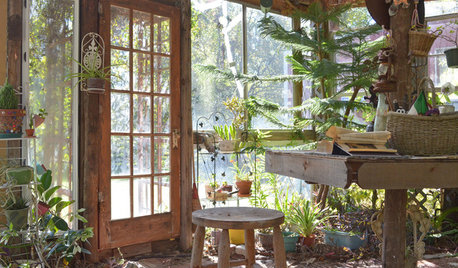
GREENHOUSESA Greenhouse Rises From Texas Tornado Wreckage
Barn damage became a blessing in disguise for a thrifty, creative couple with a hankering for more greenery
Full Story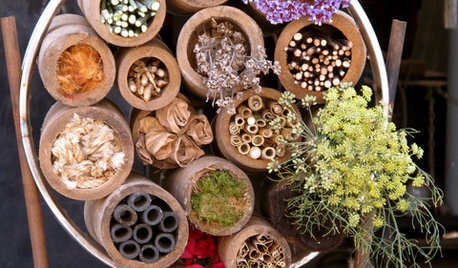
URBAN GARDENSGardeners Champion Nature's Cause in the City
Garden advocates and artists in San Francisco have joined forces to find creative ways to bring nature back into the urban landscape
Full Story
TASTEMAKERSA Designer Edits — and Adds — for Dramatic Effect
Interior designer Nancy Braithwaite’s new book shows how it’s possible to edit rooms of all styles to create their best look
Full Story





midwesternerr
mintgumOriginal Author
Related Professionals
Bridgetown Landscape Architects & Landscape Designers · Barrington Landscape Contractors · Fort Mill Landscape Contractors · Melrose Landscape Contractors · New Providence Landscape Contractors · West Orange Landscape Contractors · Winchester Landscape Contractors · Woodburn Landscape Contractors · Greenfield Landscape Contractors · Fremont Driveway Installation & Maintenance · Rehoboth Driveway Installation & Maintenance · Riverside Driveway Installation & Maintenance · Westland Driveway Installation & Maintenance · South Lyon Driveway Installation & Maintenance · Elk Grove Swimming Pool Buildersnewyorkrita
midwesternerr
mintgumOriginal Author
novice_2009
rookie09
novice_2009
midwesternerr
novice_2009
maifleur01
kcpaull
cjc45
nativesnut
nativesnut